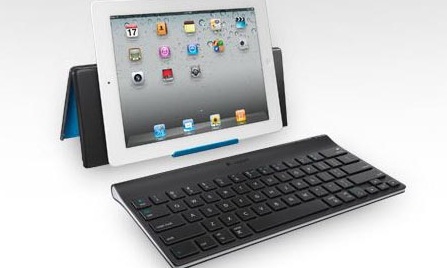It’s been several years since Apple first partnered with mobile companies to provide 3G-enabled iPads to consumers. By now, Amazon, Samsung and Motorola are all on board with creating devices that you can use anywhere when connected to a cell network. Of course, these tablets have a much higher price tag than Wi-Fi devices. When you’re considering purchasing a new tablet and money is an issue, you might wonder whether it’s worth it to buy a 3G or 4G tablet.
Devices :
In late 2012, every major cell carrier offers a version of the Samsung Galaxy Tab. Apple’s iPad is also available from Sprint, AT&T and Verizon. Sprint sells the older Motorola Xoom. You’ll find the largest list of available tablets from Verizon, which still offers the original Galaxy Tab lineup to customers, along with the Motorola Xyboard. On the other hand, T-Mobile sells branded tablets like the G-Slate and Springboard. Finally, AT&T has models such as the Pantech Element and the ASUS VivoTab in addition to the more popular options by Samsung and Apple.
Ideally, you should go with a device offered by your cell company as it will be easier to add it to your contract. However, this might not be an option if you want an iPad, for example, and have service with T-Mobile. Similarly, the newest Kindle Fire from Amazon is available on AT&T’s 4G network only.
Location, Location, Location :
You’ll want to check out the coverage in your area just like when you shop for a phone. If you already use a cell phone from the same company as you intend to subscribe to for your tablet, you shouldn’t have a problem. However, if a tablet is your first mobile device or you’re going with a separate company, knowing coverage maps is important.
Furthermore, the various tablets have different cell radios. While the Kindle Fire HD works with AT&T’s 4G coverage, you may only have access to 4G in your area. This means you’ll have significantly decreased browsing and downloading speeds on your Kindle Fire. The same is true for the newest iPad, which has 4G technology but will revert to 3G speeds if you’re out of a 4G area.
Prices and Plans :
The appeal of Wi-Fi tablets hinges on two things: you can buy them everywhere, and they cost much less. Not only does Amazon sel the Kindle Fire HD for $200 less if you’re happy with Wi-Fi only, you can purchase tablets directly from big box stores, online retailers and electronics outlets without going through the subscription and registration process that’s necessary to set up a wireless plan.
Ultimately, your mobile tablet will cost you more in the long run, but how much more depends on which carrier you use. While you won’t need to sign up for a new contract with your carrier, you will pay an addition fee for tablets. Sprint charges between $10 and $50 for tablet usage. The highest plan limits your downloads to 6 gigabytes per month. A $50 plan from AT&T gets you 5 GB, while Verizon data plans costs as much as $80 per much, which will rival your smartphone costs.
Ultimately, your decision will have to factor in whether you will actually use your tablet outside of your home, and if the locations where you will be using your tablet offer Wi-Fi. As many cafes, libraries and other public places offer wireless connections to guests, you might be able to save yourself hundreds of dollars by forgoing a table with a mobile connection.



